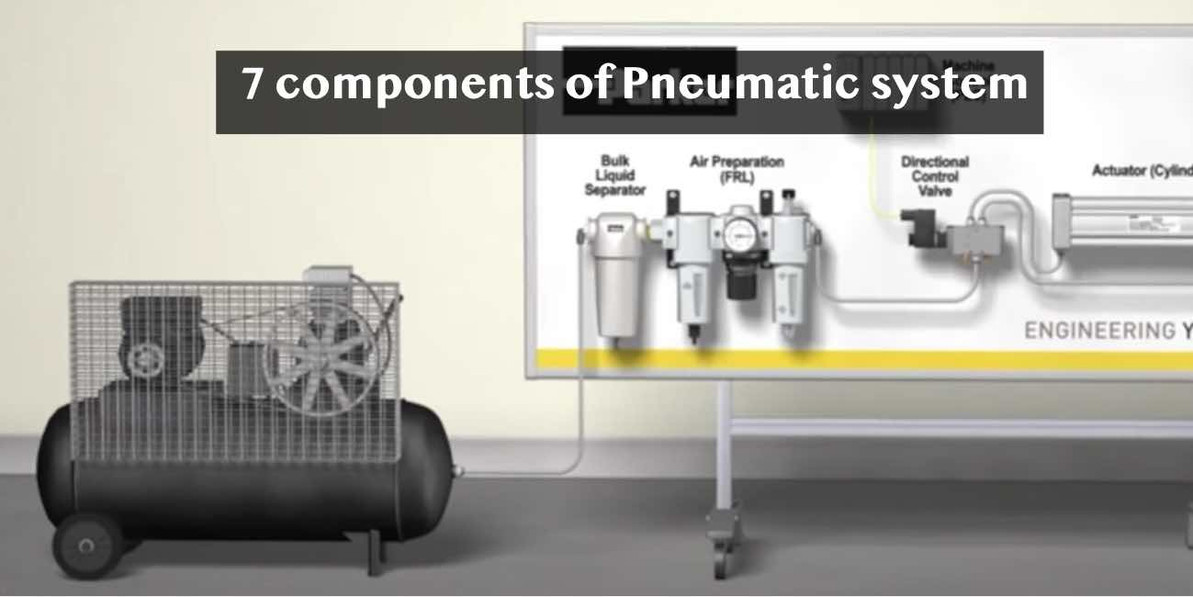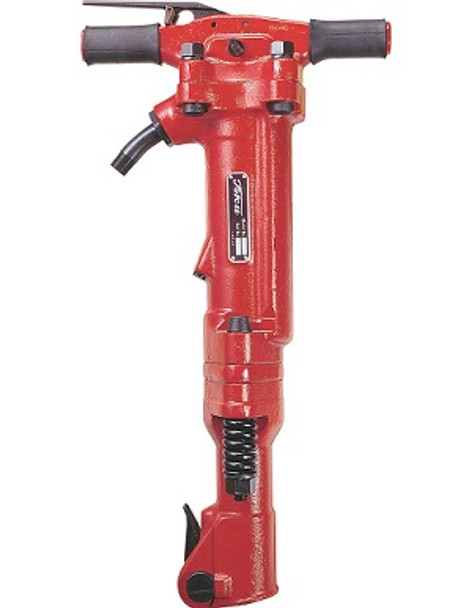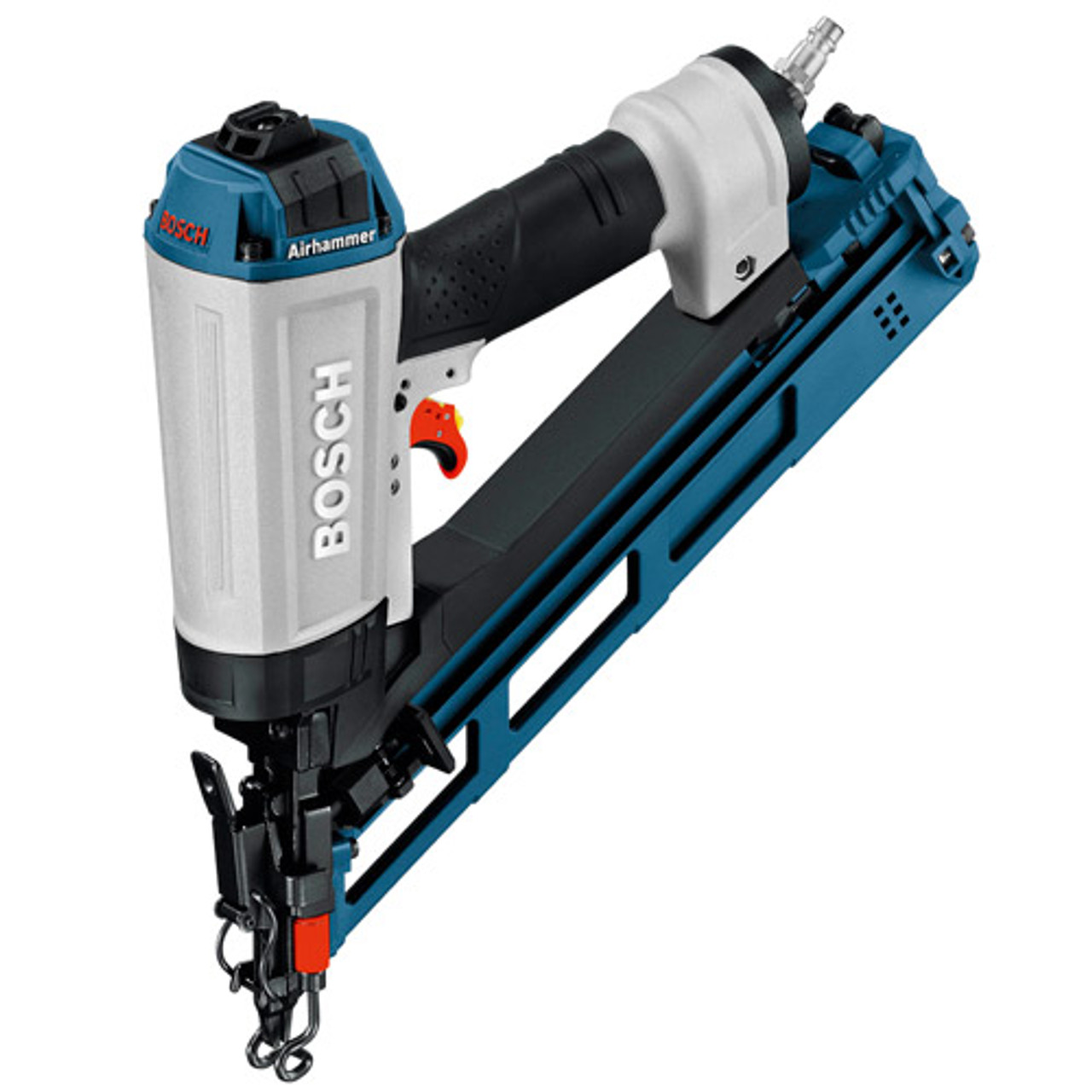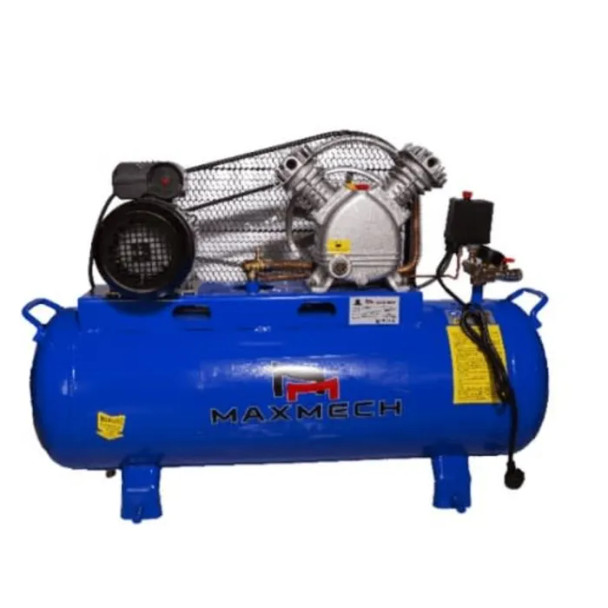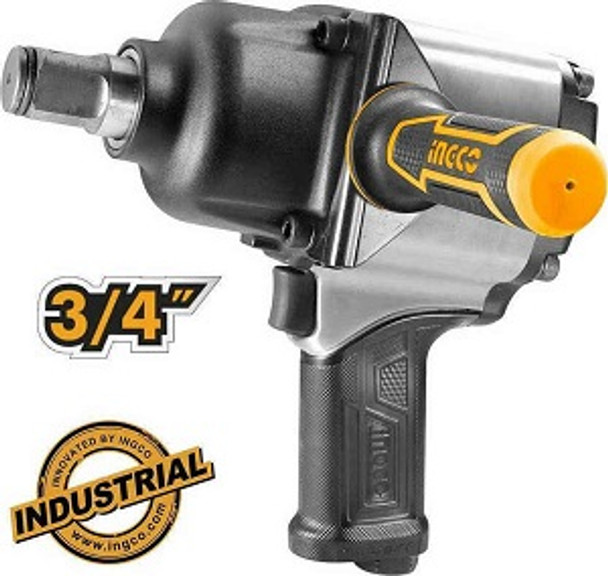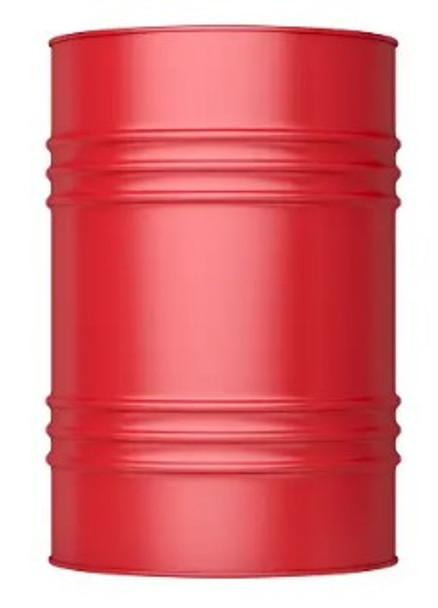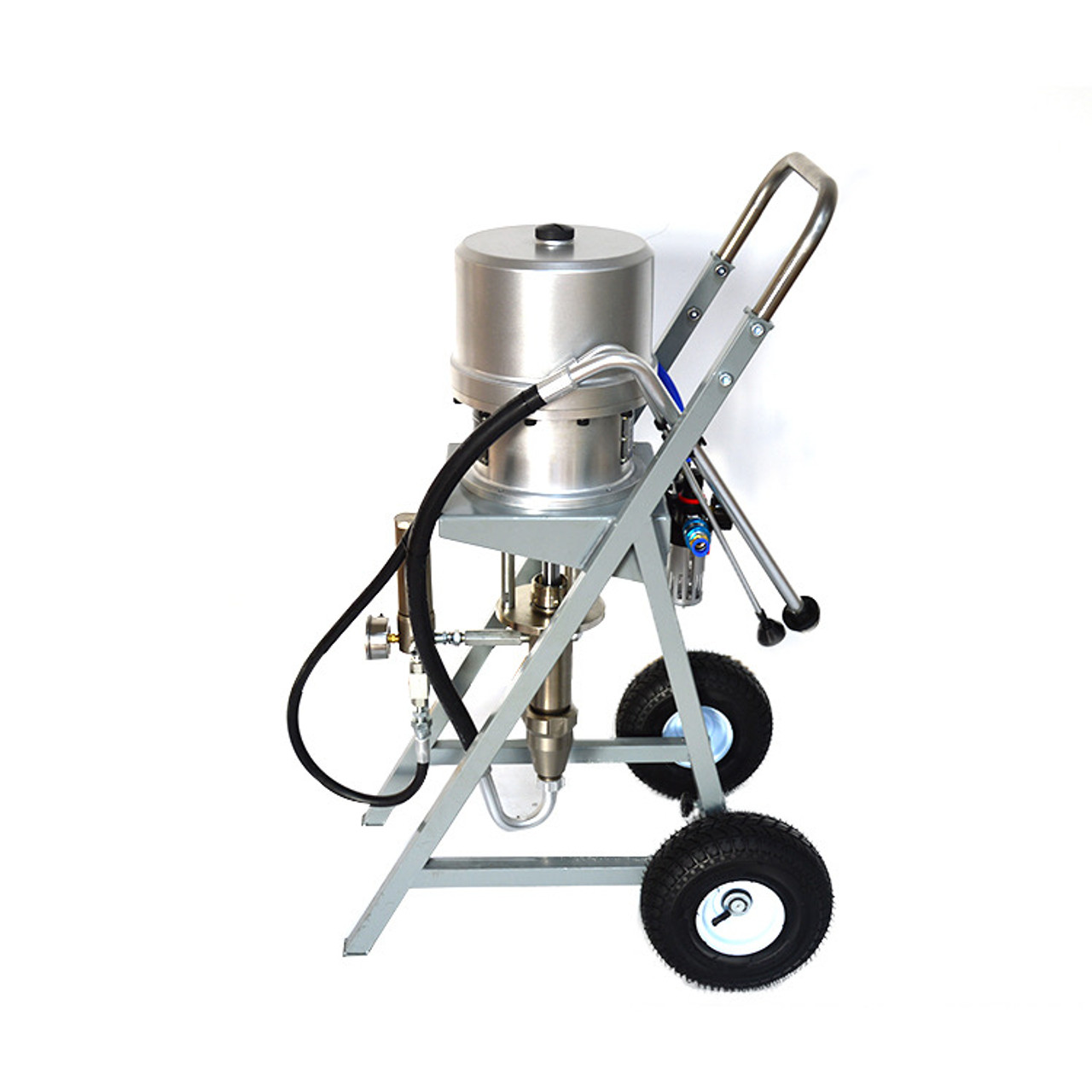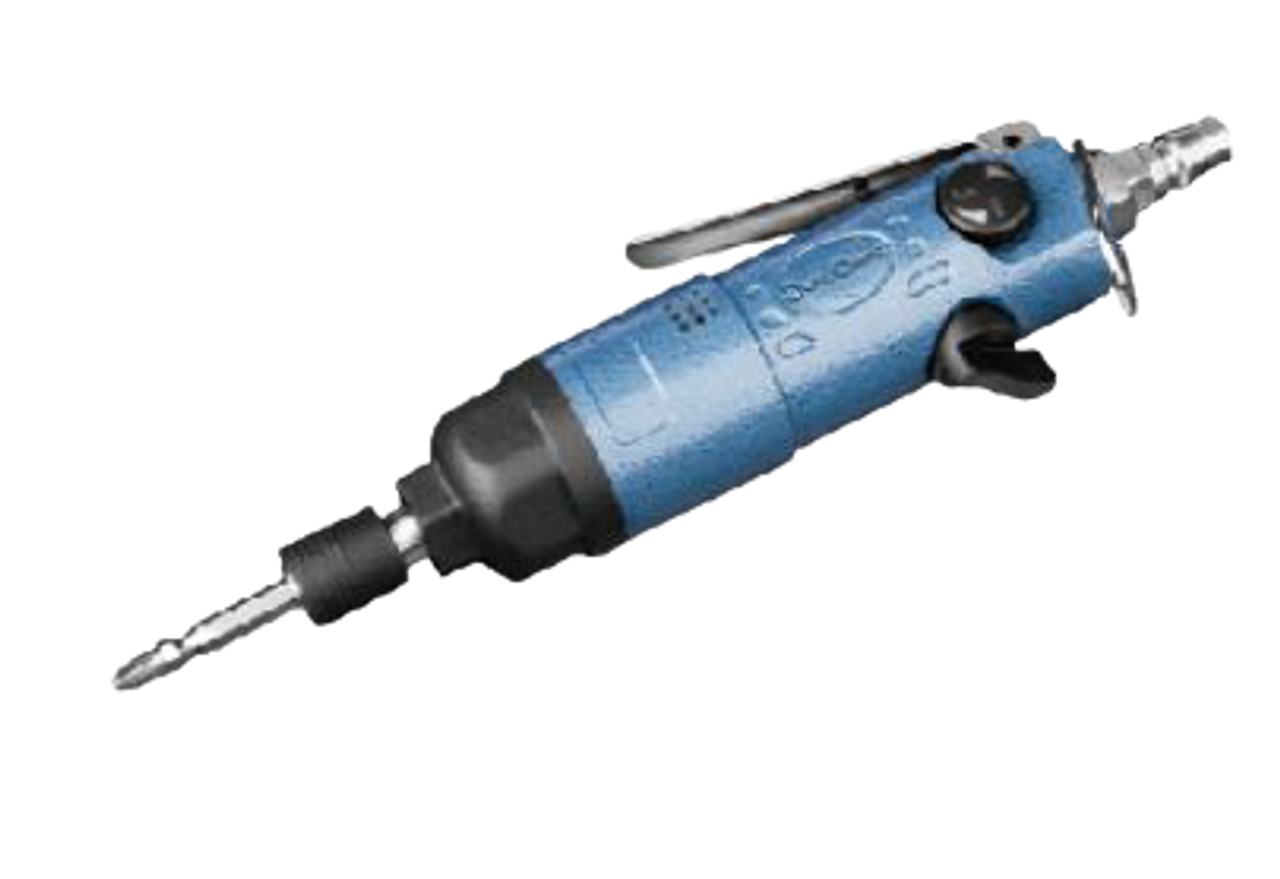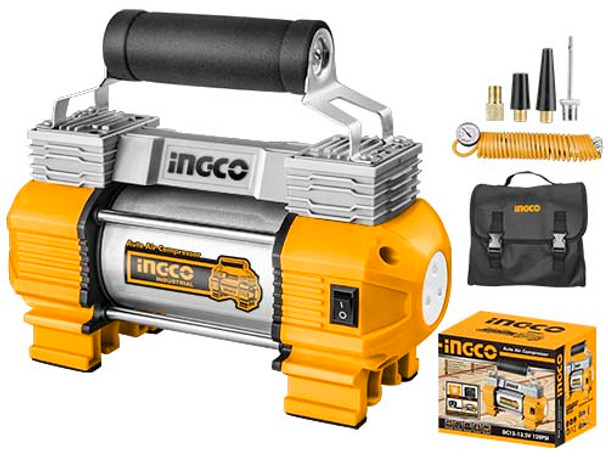What are the 7 components of a pneumatic system
Pneumatic air systems operate tools used in various applications such as shipbuilding, mechanic workshops, the aviation industry in repairing airplanes, and even in the risky oil and gas industry where a single mistake can cause a fire or explosion. This article explains the 7 components of a pneumatic air system. But first, let us dive through how air tools work to understand better the concepts presented here. Michael Egbuna, an expert air power technologist with GZ Industrial supplies, gives us a fuller explanation of what is at work anytime you see an air tool delivering value in construction sites or mechanics working under the hood of a car.
Buy Online... Pneumatic Jackhammer 25mm Hellog
How do air tools work?
Air tools, also known as pneumatic tools, are powered by compressed air rather than electricity. They use air compressors to convert power into kinetic energy, which is then used to operate the tool.
Here's how air tools work:
- An air compressor compresses air and stores it in a tank.
- The compressed air is released from the tank and flows through an air hose to the air tool.
- The air tool has a valve system that controls the flow of air. When the trigger or switch on the tool is activated, the valve opens and allows the compressed air to flow through the tool.
- The compressed air flows through a small chamber in the tool, which converts the air pressure into kinetic energy.
- The kinetic energy is used to power the tool, such as a drill breaker or impact wrench.
Air tools are commonly used in the construction, automotive repair, and manufacturing industries. They are often preferred over electric tools because they are more powerful and can operate for longer periods without overheating. However, they require a reliable source of compressed air and an air compressor, which can be expensive to maintain.
Bosch GSK 64-34 pneumatic Angled Brad finish nailer
What are the 7 components of a pneumatic system
A pneumatic system is a type of system that uses compressed air to transmit and control energy. The main components of a pneumatic system are:
- Air compressor: This device compresses and stores air in a tank.
- Air tank: This is a storage tank that holds the compressed air.
- Air filter: This removes contaminants and impurities from the air before it enters the system.
- Regulator: This controls the pressure of the air in the system.
- Lubricator: This adds lubrication to the air to reduce friction and wear on the system's components.
- Control valve: This controls the flow of air in the system.
- Actuator: This device converts the energy of the compressed air into mechanical movement. Examples include cylinders and motors.
These components work together to transmit and control the energy of compressed air in a pneumatic system.
The proper explanation of how this works is explained in this video
Maxmech Air Compressor 300L
Why does the air system require an air filter?
Air filters are used in pneumatic systems to remove contaminants and impurities from the air before it enters the system. These impurities can include dust, dirt, moisture, and oil, which can cause damage and wear to the system's components. By removing these impurities, air filters help extend the system's life and improve its performance. They also help to reduce maintenance costs by preventing damage to the system's components. In addition, air filters can improve the safety of a pneumatic system by removing potentially harmful contaminants from the air. For example, if the air in the system contains high levels of oil, it could cause a fire hazard. By filtering out the oil, the risk of a fire is reduced.
Overall, air filters are an essential component of a pneumatic system because they help to ensure the cleanliness and purity of the air used in the system, which helps to improve its performance and safety.
Air Impact Wrench 3/4" AIW341301 INGCO
Why do we have a regulator in the air system?
A regulator is a device that controls the air pressure in a pneumatic system. It is a crucial component of the system because it helps ensure that the correct pressure is always maintained.
There are several reasons why a regulator is required in a pneumatic system:
- To maintain consistent pressure: Maintaining consistent pressure is important because it helps to ensure that the system's components are operating at the correct level. If the pressure is too low, the system may not function properly. If the pressure is too high, it can cause damage to the system's components.
- To optimize performance: Different pneumatic tools and devices have different pressure requirements, and the regulator helps to ensure that the correct pressure is delivered to each device. This helps optimize the system's performance and ensure that it runs efficiently.
- To reduce energy consumption: By maintaining the correct pressure, the regulator can help to reduce energy consumption in the system. This is because the system will not have to work as hard to generate the required pressure, which can save energy and reduce operating costs.
Overall, the regulator is an essential component of a pneumatic system because it helps maintain consistent pressure and optimize its performance.
LubeMax Pneumatic /Air Tool Oil
Why does an air system require a lubricator?
A lubricator is a device that adds lubrication to the air in a pneumatic system. It is an essential component of the system because it helps to reduce friction and wear on its components.
There are several reasons why a lubricator is required in a pneumatic system:
- To extend the life of the system's components: Friction and wear can cause damage to the system's components, leading to premature failure. By adding lubrication to the air, the lubricator helps to reduce friction and wear on these components, which can extend their lifespan.
- To improve the system's performance: Lubrication can help improve the system's performance by reducing friction and wear on the system's components. This can increase the efficiency of the system and reduce energy consumption.
- To reduce maintenance costs: By extending the system's components' life and improving the system's performance, the lubricator can help reduce maintenance costs. This is because the system will require less frequent repairs and replacements.
Overall, the lubricator is an essential component of a pneumatic system because it helps reduce friction and wear on the system's components, improving performance and extending the system's lifespan. It is also essential that tool owners lubricate their tools from time to time to extend their useful life.
Pneumatic Airless Sprayer 45:1 HVBAN HB330-45
Why is an actuator required in an air system?
An actuator is a device used to convert compressed air energy into mechanical movement in a pneumatic system. It is an essential system component because it allows the system to perform valuable work. Several actuators can be used in a pneumatic system, including cylinders and motors. The type of actuator used depends on the specific requirements of the system.
There are several reasons why an actuator is required in a pneumatic system:
- To generate mechanical movement: The actuator is the device that converts the energy of the compressed air into mechanical movement, which can be used to perform useful work.
- To control the movement of the system: The actuator can be used to control the movement of the system by adjusting the flow of air to the device.
- To provide power: The actuator is the device that provides the power for the system, which allows it to perform useful work.
Overall, the actuator is an important component of a pneumatic system because it converts the energy of the compressed air into mechanical movement, which allows the system to perform useful work.
DongCheng Air Screwdriver DFP6
Why are control valves used in air systems?
Control valves are used in pneumatic systems to control air flow. They are an essential system component because they allow the system to be controlled and adjusted as needed.
Several types of control valves can be used in a pneumatic system, including on/off valves, flow control valves, and pressure control valves. The type of control valve used depends on the system's specific requirements.
There are several reasons why control valves are used in pneumatic systems:
- To control air flow: Control valves are used to regulate the flow of air within the system. This allows the system to be adjusted and controlled as needed.
- To optimize the system's performance: By controlling the flow of air, control valves can help optimize the system's performance. For example, a flow control valve can be used to adjust the flow of air to a pneumatic tool, which can help to improve its performance.
- To improve the efficiency of the system: By controlling the flow of air, control valves can help to improve the efficiency of the system. For example, a pressure control valve can be used to adjust the pressure of the air in the system, which can help to reduce energy consumption.
Overall, control valves are an important component of a pneumatic system because they allow the system to be controlled and adjusted as needed, which helps to optimize its performance and improve its efficiency.
Ingco AAC2508 Auto Air Compressor
Related Articles
Get the best Pneumatic air tools online
7 Best Pneumatic air tools Brands and manufacturers in 2023
Top Brands for Reliable Pneumatic Workshop Tools: An In-Depth Review 2023
Recent Posts
-
Press Release: Same Great Lube, Less Waste: Lubemax 50:50 makes the Switch to Sustainable Packaging
In a move towards environmental responsibility, Epoxy Oilserv Nigeria Limited is proud to announce t …Apr 23, 2024 -
Top 8 Generators Recommended by Professionals in Nigeria (Reviews)
Generators can keep your home or business running with your essential equipment until the power is b …Apr 23, 2024 -
Transformer Safety: Preventing and Managing Common Hazards
Transformers are critical components in the electrical distribution system, handling high volt …Apr 23, 2024

